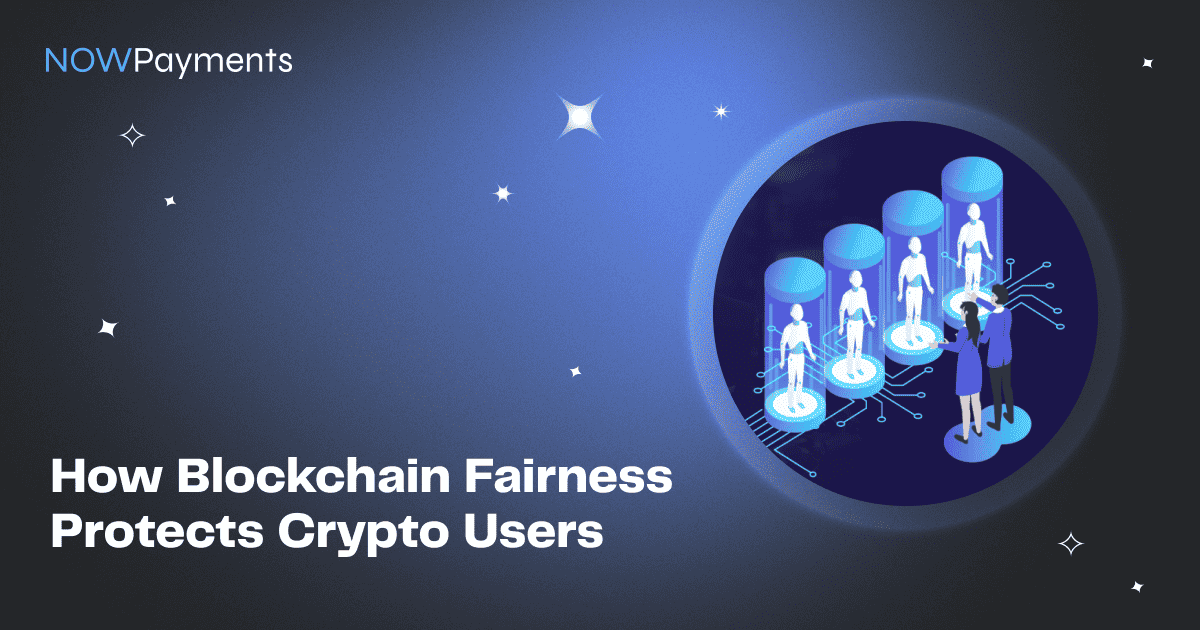In the world of crypto, there is no automatic trust. You must verify everything. Randomness is the core of many systems since DeFi protocols and NFT drops are presented in on-chain games. However, as soon as such randomness can be manipulated, the whole system of fairness collapses, and so does the trust of users.
It is not just a hypothetical issue. Bad random number generation has been used to drain smart contracts, rig gambling websites, and reward skewness among validators. The mechanics of verifiable randomness, and their ability to identify when it is erroneous, are becoming a critical issue that anybody in the environment of high risk of crypto must be aware of.
Why Randomness is Crypto’s Secret Weapon
All random generators in blockchain systems, such as who mints a unique NFT, a particular validator wins the next block, etc., have to be generated in a provably fair and tamper-resistant way.
If even one participant can predict or corrupt random outcomes, that participant can create randomness to their advantage.
The consequences of weak or biased random number generation can include:
- Fraud in the NFT minting contract.
- Predictable outcomes in blockchain-based gaming.
- The biases in the validator selection of staking protocols.
- Corrupted equity in devolved systems of governance.
Basically, you can’t have secure encryption without true randomness.
Verifiable Randomness
To ensure fairness, developers now use specialized cryptographic systems. These systems allow the user to mathematically verify the randomness (and fairness) of a random outcome.
The most commonly used protocols are:
- Chainlink VRF, which offers smart contracts with random numbers.
- The RANDAO system of decentralized randomness in Ethereum.
- Drand, a distributed randomness beacon run by autonomous nodes.
These systems make sure that no one can influence the results by either the insiders or the attackers, and that no one party holds the odds in its favour.
What Crypto Can Learn from Gaming
Before the mainstream adoption of blockchain, security, fairness, and transparency were initially tried in crypto gaming.
Dice games, especially, became a test of provably fair systems – enabling participants to confirm that the player is not being cheated.
Even today, many dice sites with crypto should be judged by evaluating whether the sites provide their randomness seeds, cryptographic proofs, and the ability of users to verify their data on their own.
This transparency game model was created in the gaming sector and is now applied to the work of DeFi, NFT, and exchange systems in terms of how to manage randomness and trust of users. Trust turns out not to be a factor in the brand reputation when users can verify the results.
Why Exchanges and DeFi Platforms Should Care
Fraudulent randomness is not only a game problem. A compromised source of randomness in a staking pool, airdrop distribution, or automated market maker (AMM) may result in:
- Lack of equal distribution of rewards.
- Unfair choices of validators.
- Events of excessive liquidity.
That is, what can be used to rig a dice throw can also be used to corrupt a whole decentralized economy.
Randomness tests are becoming more of a part of security audits, demonstrating unpredictability that can be verified is a component of all fundamental operations, whether it is the minting of tokens or software trading.
How to Audit for Fairness
Security experts advise users, auditors, and developers to ensure:
- The values must be hashed and then concatenated on both the server and client.
- Verifiable proofs should be verifiable, based on transaction data.
- There is no single party control: multi-party contributions or beacons should be used to generate randomness.
- The entropy and random output algorithms should be tested and peer reviewed.
Any project failing to achieve these requirements will repeat the same points of vulnerability that have seen the exploits in the past years.
Conclusion
As blockchains continue to enable more of finance, gaming, and governance, verifiable randomness is working in the background to maintain trust in these systems.
Once the system can establish fairness in all its resolutions, including a staking reward, an NFT drop, etc, it gets legitimized by transparency.
The moral of the story to the wider crypto industry is pretty simple: fairness and security should not be separated.
To ensure that the new generation of blockchain products does not repeat the errors of the previous ones, mathematical demonstration should be used instead of blind faith. It is only cryptographic accountability that will ensure that chance is kept honest.

